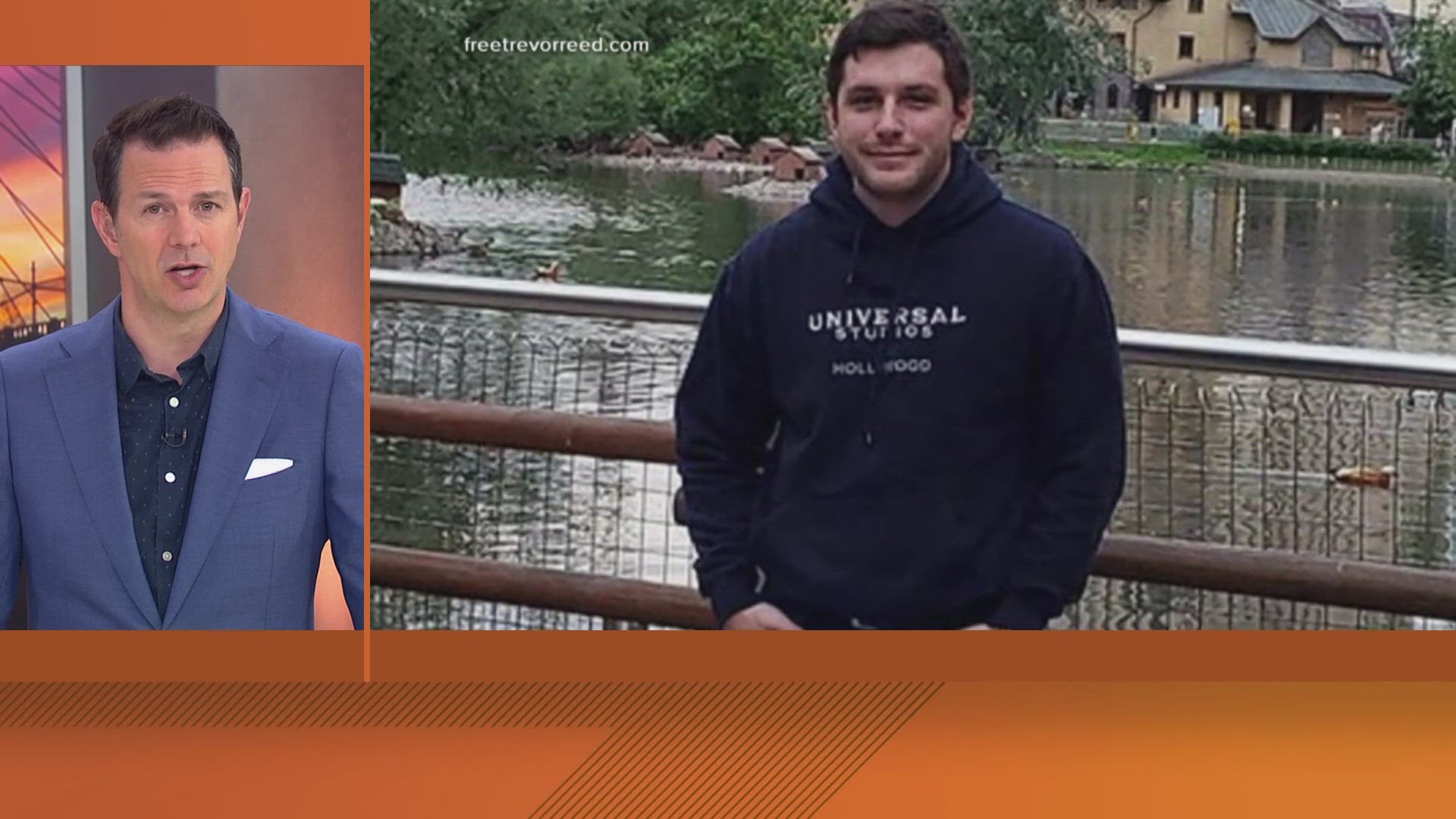MOSCOW, Russia — Russia plans to hold drills simulating the use of battlefield nuclear weapons, the Defense Ministry announced Monday, days after the Kremlin reacted angrily to comments by senior Western officials about the war in Ukraine and Moscow warned that tensions with the West are deepening.
The drills are in response to “provocative statements and threats of certain Western officials regarding the Russian Federation,” the Defense Ministry said in a statement.
It was the first time that Russia has publicly announced drills involving tactical nuclear weapons, though its strategic nuclear forces regularly hold exercises. Tactical nuclear weapons include air bombs, warheads for short-range missiles and artillery munitions and are meant for use on a battlefield. They are less powerful than the massive warheads that arm intercontinental ballistic missiles and are intended to obliterate entire cities.
The Russian announcement appeared to be a warning to Ukraine’s Western allies about becoming more deeply involved in the more than two-year war. Some of Ukraine’s Western partners have previously expressed concern about stoking the conflict amid fears it could spill beyond Ukraine into a war between NATO and Russia.
French President Emmanuel Macron repeated last week that he doesn’t exclude sending troops to Ukraine, and U.K. Foreign Secretary David Cameron said Kyiv’s forces will be able to use British long-range weapons to strike targets inside Russia. Some other NATO countries providing weapons to Kyiv have balked at that possibility.
The Kremlin branded those comments as dangerous, heightening tension between Russia and NATO. The war already has placed significant strain on relations between Moscow and the West.
Kremlin spokesman Dmitry Peskov on Monday said Macron’s recent statement and other remarks by British and U.S. officials had prompted the nuclear drills.
“It’s a new round of escalation,” Peskov said, referring to what the Kremlin regarded as provocative statements. “It’s unprecedented and requires special attention and special measures,” Peskov told reporters.
Dmitry Medvedev, the deputy head of Russia’s Security Council that's chaired by President Vladimir Putin, said in his typically hawkish fashion that the comments by Macron and Cameron risked pushing the nuclear-armed world toward a “global catastrophe.”
It wasn’t the first time Europe’s military support for Ukraine has irked Russian authorities and prompted nuclear saber-rattling. In March last year, after the U.K. government’s decision to provide Ukraine with armor-piercing shells containing depleted uranium, Putin announced that he intends to deploy tactical nuclear weapons on the territory of Belarus.
The ministry said the exercise is intended to “increase the readiness of non-strategic nuclear forces to fulfill combat tasks” and will be held on Putin’s orders. The maneuvers will involve missile units of the Southern Military District along with the air force and the navy, it said.
Western officials have blamed Russia for threatening a wider war through provocative acts. NATO countries said last week they are deeply concerned by a campaign of hybrid activities on the military alliance’s soil, accusing Russia of being behind them and saying they represent a threat to their security.
Peskov dismissed those claims as “new unfounded accusations leveled at our country.”
Meanwhile, Ukrainian drones hit two vehicles Monday in Russia’s Belgorod region, killing six people and injuring 35 others, including two children, local authorities said, in an area frequently struck by Kyiv’s forces in recent months.
One of the vehicles was a minibus that was carrying farm workers, Belgorod Gov. Vyacheslav Gladkov said.
No other details were immediately available, and it was not possible to independently confirm the report from the border region.
While Ukraine’s army is largely pinned down on the 1,000-kilometer (600-mile) front line due to a shortage of troops and ammunition after more than two years of fighting, it has used its long-range firepower to hit targets deep inside Russia. The apparent aim is to disrupt Russia’s war logistics system by hitting oil refineries and depots, and unnerve the Russian border regions.
The Belgorod region was a staging ground for Russia’s full-scale invasion of Ukraine in February 2022. It has come under regular attack ever since Russian forces retreated there from northeastern Ukraine early in the war following a counteroffensive by Kyiv.
In what has largely been a war of attrition, Russia has also relied heavily on long-range missile, artillery and drones to wreak damage on Ukraine.
At the end of last year, Belgorod officials said 25 people were killed, including five children, and more than 100 were injured in a Ukrainian attack, and regular rocket and drone strikes have continued since then. The area can be reached by relatively simple and mobile weapons such as multiple rocket launchers from forests on the Ukrainian side.
Russian authorities said in March they planned to evacuate about 9,000 children from the area because of continuous shelling, after Putin said he wanted to create a buffer zone to help protect border regions.
Also, the Kremlin's forces kept up their bombardment of Ukraine's power grid, with a nighttime Russian drone attack targeting energy infrastructure in Ukraine’s northern region of Sumy. Multiple towns and villages in the region, including Sumy, lost power, regional authorities said.
Russia attacked Ukrainian targets with 13 Shahed drones overnight, 12 of which were intercepted in the Sumy region, Ukraine’s air force said.

